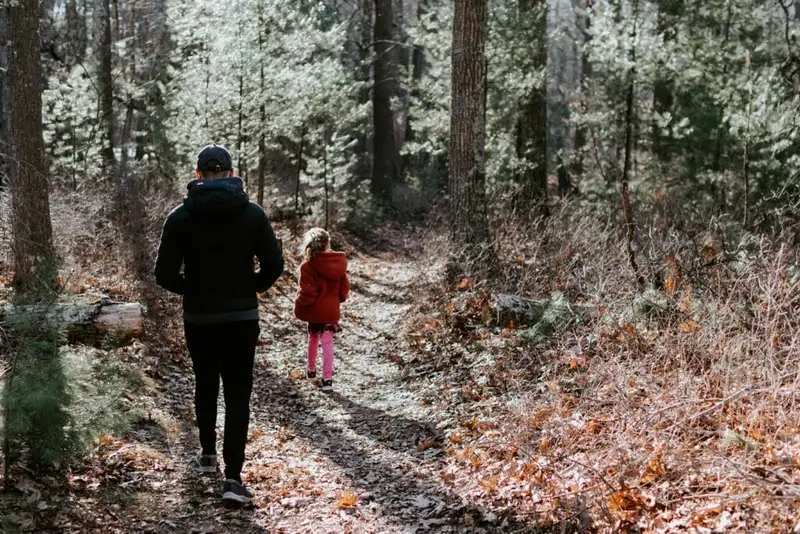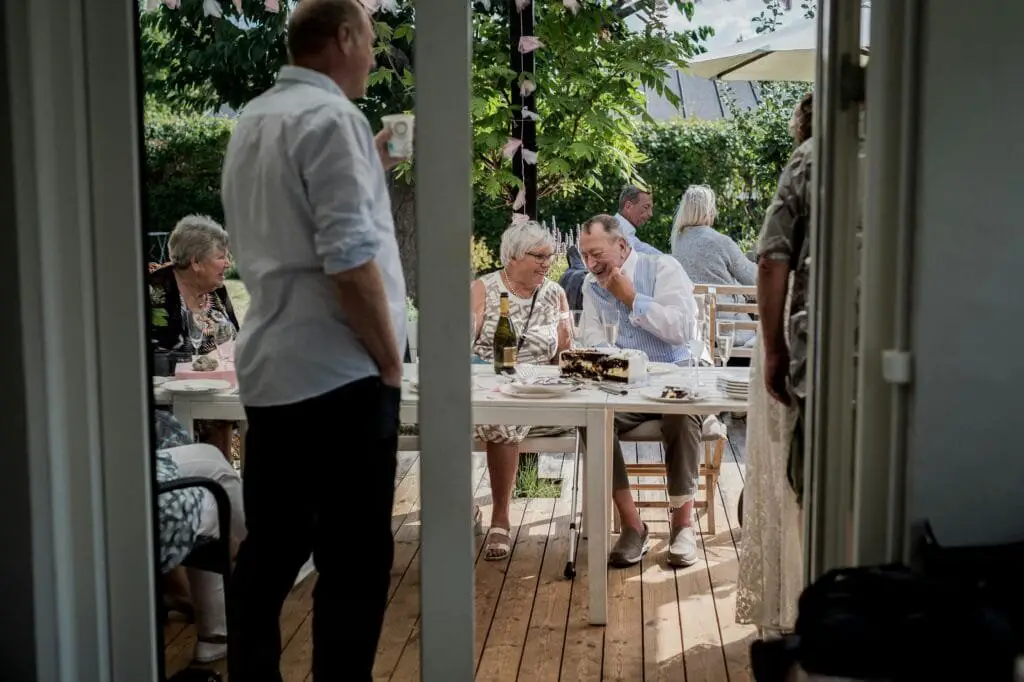Long before streaming services and binge-watching became our national pastimes, television in the 1970s represented the perfect blend of glamour and accessibility. What made this decade particularly fascinating was how many silver screen goddesses—whose faces once graced marquees fifty feet tall—found new careers and audiences on the small screen. These elegant women who had dazzled in black-and-white classics brought their timeless sophistication to our living rooms, adapting their considerable talents to weekly series that became appointment television for millions of Americans.
1. Barbara Stanwyck
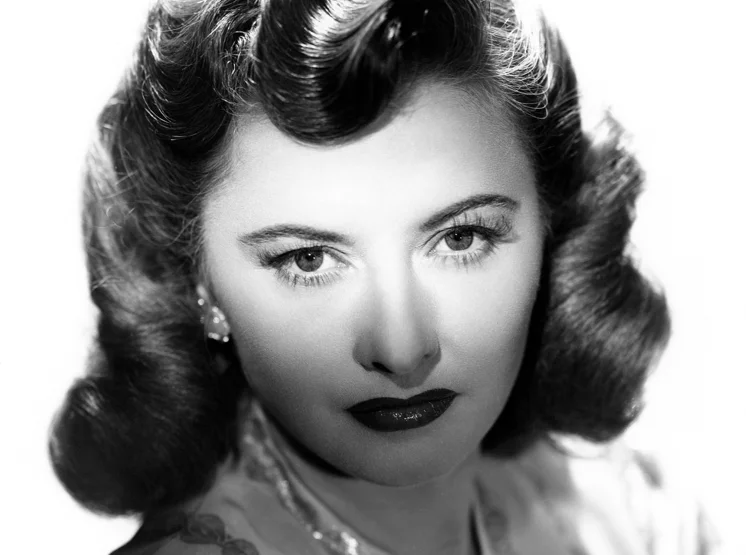
The four-time Oscar nominee who had commanded the silver screen in classics like “Double Indemnity” and “The Lady Eve” reinvented herself at age 62 as the formidable matriarch Victoria Barkley in “The Big Valley.” Though the western series began in 1965, it continued into the early 1970s and established Stanwyck as one of television’s most commanding presences, proving that Hollywood legends could successfully transition to the small screen. Her portrayal of the strong-willed rancher earned her an Emmy award and introduced her distinctive blend of toughness and vulnerability to a new generation of viewers. Upon naming Stanwyck Star of the Month, Turner Classic Movies praised her career as being positively exemplary through and through.
In 1973, Stanwyck continued her television dominance by starring in the anthology series “The Barbara Stanwyck Show” and later appeared in the groundbreaking miniseries “The Thorn Birds” in 1983, which became one of the highest-rated television events of its era. Her ability to adapt from glamorous film noir femme fatales to television’s more intimate storytelling demonstrated remarkable versatility that many of her contemporaries struggled to match. Perhaps most impressively, Stanwyck maintained her characteristic intensity and authenticity throughout her television career, never condescending to the medium or treating it as a step down from film stardom.
2. Donna Reed
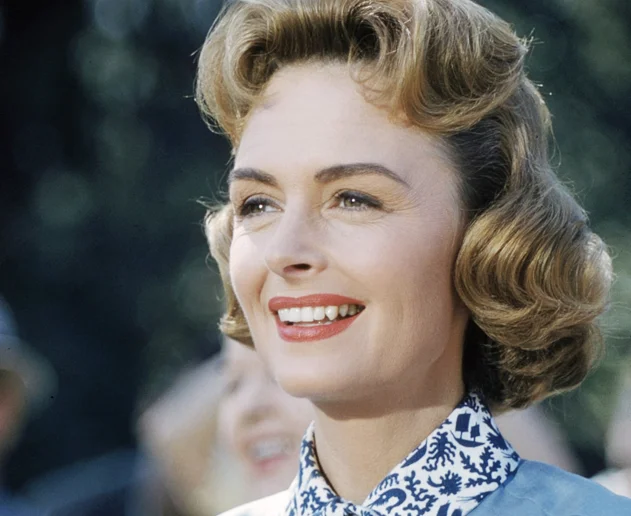
The Academy Award-winning actress who personified wholesome American femininity in “It’s a Wonderful Life” and “From Here to Eternity” returned to television in 1970 with “The Donna Reed Show” following its original run in the late 1950s and 1960s. Reed’s portrayal of the ideal American mother had made her a household name, and the show’s revival in syndication during the early 1970s introduced her timeless appeal to a new generation grappling with changing family dynamics. Her warmth and wisdom provided a comforting counterpoint to the social upheaval of the era, making her reruns particularly popular among viewers seeking nostalgic reassurance. So lasting is Reed’s impact that MeTV has reported on an annual festival held in her honor.
In 1974, Reed made headlines when she temporarily replaced Barbara Bel Geddes as Miss Ellie on the hit series “Dallas,” bringing her considerable star power to one of television’s most watched programs. Though her tenure on “Dallas” was brief, it demonstrated how Old Hollywood elegance could adapt to television’s evolving landscape of primetime soap operas. Reed’s television work throughout the decade preserved the grace and dignity that had defined her film career while allowing her to reach audiences who might never have seen her classic movies.
3. Eve Arden
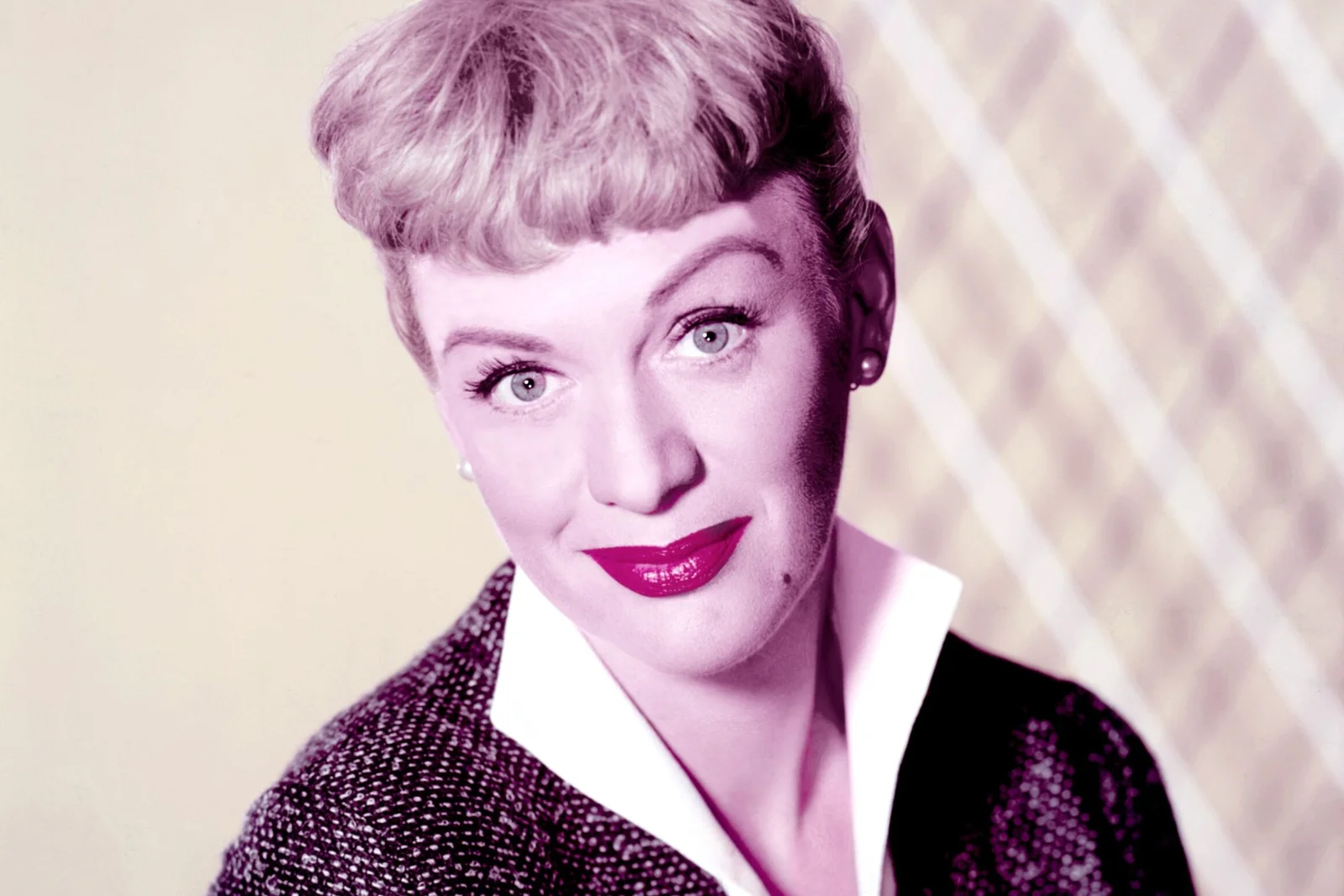
The acid-tongued comedienne who had stolen scenes in dozens of films including “Mildred Pierce” and “Stage Door” found her perfect television vehicle in 1974 with “The Mothers-in-Law.” Though primarily known for her earlier television success as “Our Miss Brooks” in the 1950s, Arden’s distinctive wit and impeccable timing made her a welcome presence in 1970s variety shows and sitcom guest appearances. Her unmistakable voice and raised eyebrow could communicate more comedy in a single reaction shot than most performers managed in an entire episode. Hollywood Walk of Fame gives a special shoutout to her remarkable career for including involvement in several media formats.
Arden’s 1978 appearance as Principal McGee in “Grease” reminded audiences of her incredible versatility and introduced her to yet another generation of fans. Throughout the decade, she maintained a steady presence on television talk shows and game shows, where her quick wit and showbiz anecdotes made her a favorite guest. Arden’s successful adaptation to television’s changing landscape proved that classic Hollywood training—with its emphasis on precise timing and clear delivery—translated perfectly to the intimacy of the television screen.
4. Shirley MacLaine
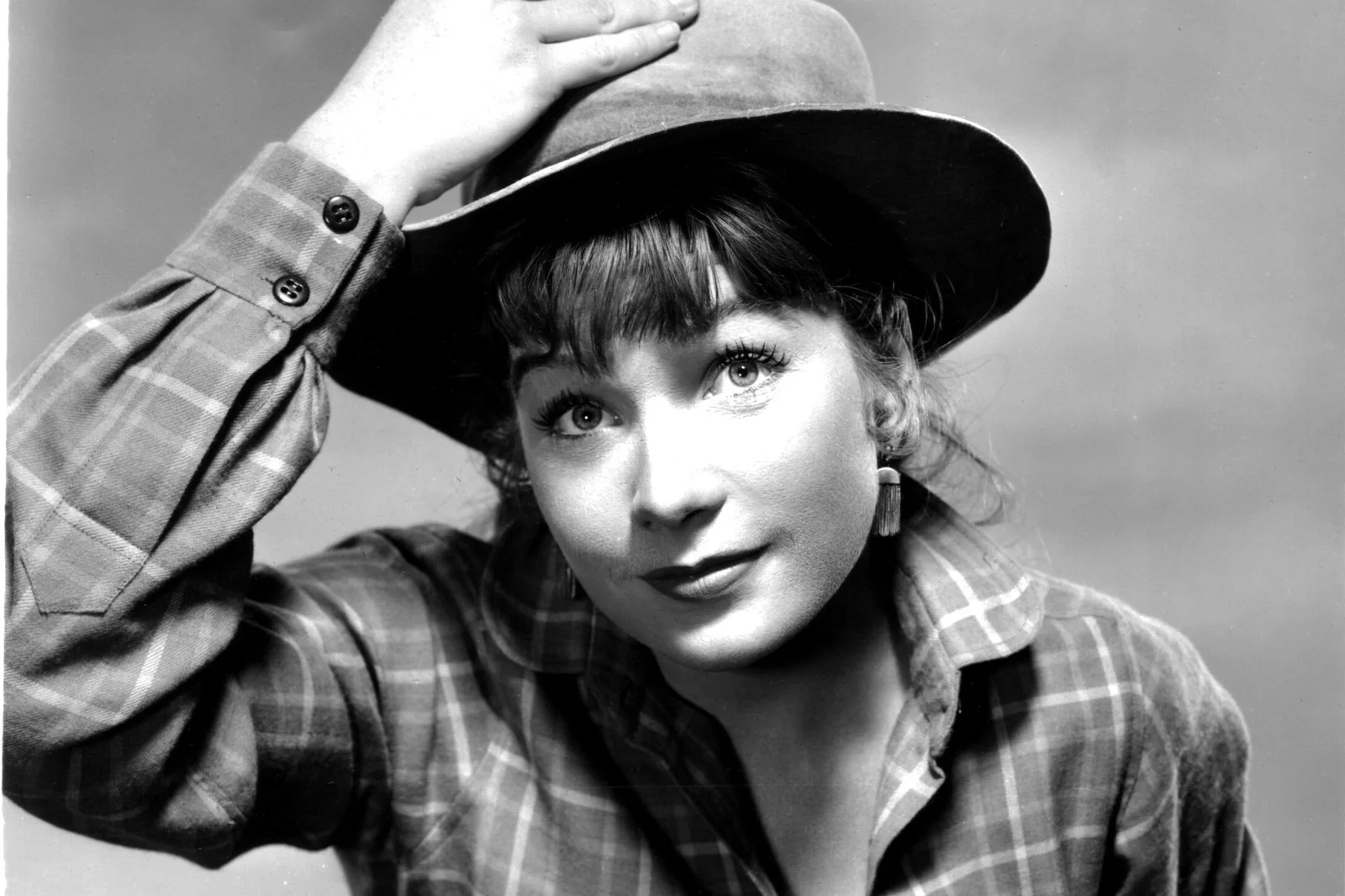
The Oscar-nominated star of “The Apartment” and “Irma La Douce” brought her unique blend of spirituality and show business savvy to television in the 1970s through a series of highly-rated specials. MacLaine’s 1976 television special “Where Do We Go From Here?” combined her Hollywood glamour with her emerging interest in metaphysics, creating a viewing experience unlike anything else on television at the time. Her willingness to discuss reincarnation, meditation, and other esoteric topics on prime-time television introduced millions of viewers to concepts that would later become mainstream.
In 1979, MacLaine’s appearance in the television adaptation of “The Turning Point” showcased her dramatic range and ballet background, earning her another Emmy nomination. Throughout the decade, she made memorable guest appearances on variety shows hosted by Carol Burnett, Cher, and other television personalities, always bringing her distinctive perspective and theatrical training. MacLaine’s television work during this period balanced her serious artistic ambitions with the accessibility required by the medium, making complex philosophical ideas entertaining for mainstream audiences.
5. Lauren Bacall
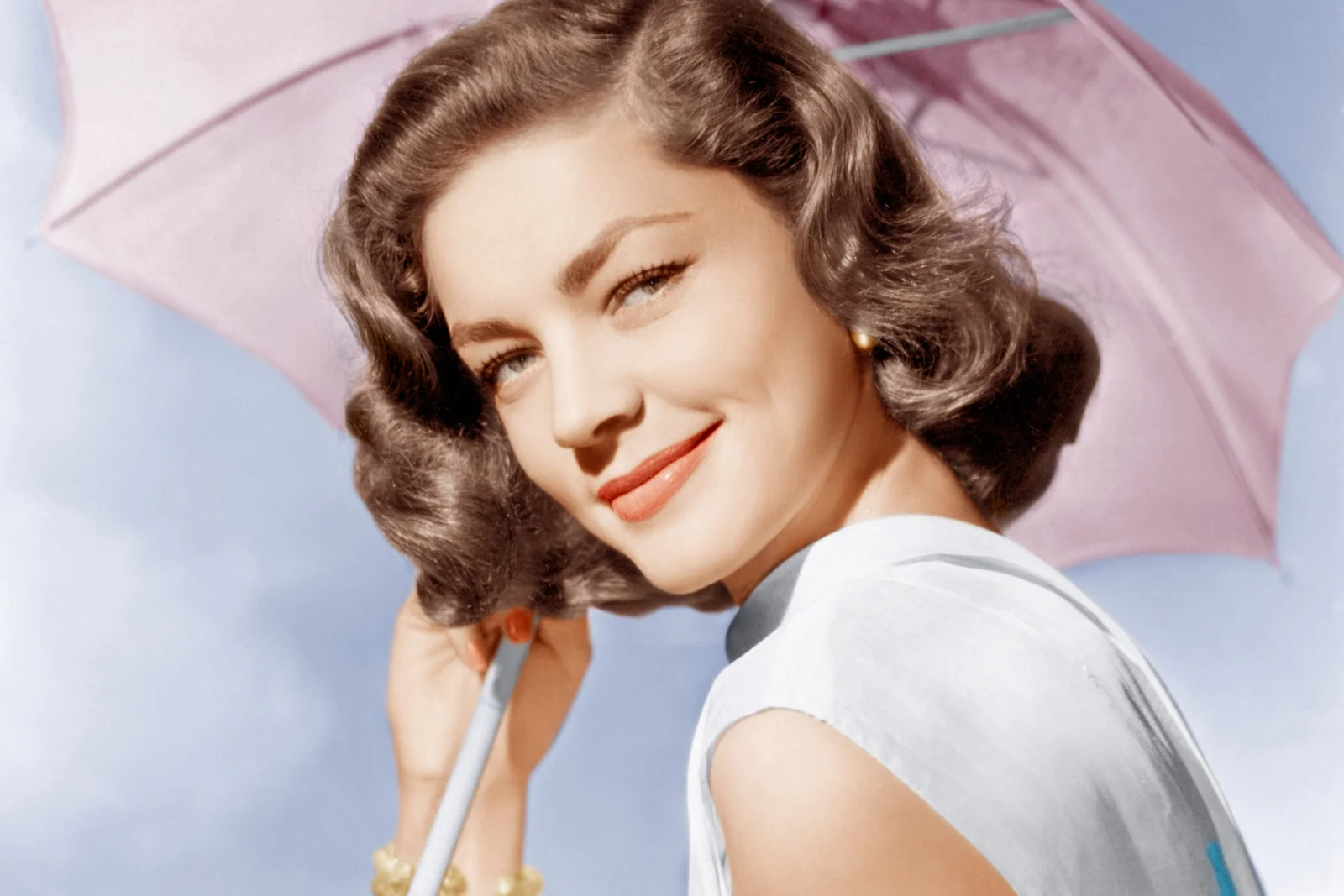
The sultry film noir icon whose memorable partnerships with Humphrey Bogart had defined 1940s cinema brought her sophisticated presence to television in 1973 with the acclaimed adaptation of “Applause.” Bacall’s deep voice and commanding presence translated beautifully to the small screen, and her Tony Award-winning Broadway performance reached millions of viewers who could never have seen her on stage. The broadcast preserved her interpretation of Margo Channing, a role originated by Bette Davis in “All About Eve,” for posterity and demonstrated how theatrical performances could be effectively adapted for television.
In 1976, Bacall appeared in the made-for-television film “The Shootist” opposite John Wayne, bringing classic Hollywood gravitas to the growing television movie format. Her television appearances throughout the decade, including talk show interviews where she reminisced about Hollywood’s golden age, provided a living link to cinema history for television audiences. Though she appeared less frequently on television than some of her contemporaries, Bacall’s selective television projects maintained the high quality and sophisticated sensibility that had characterized her film career.
6. Bette Davis
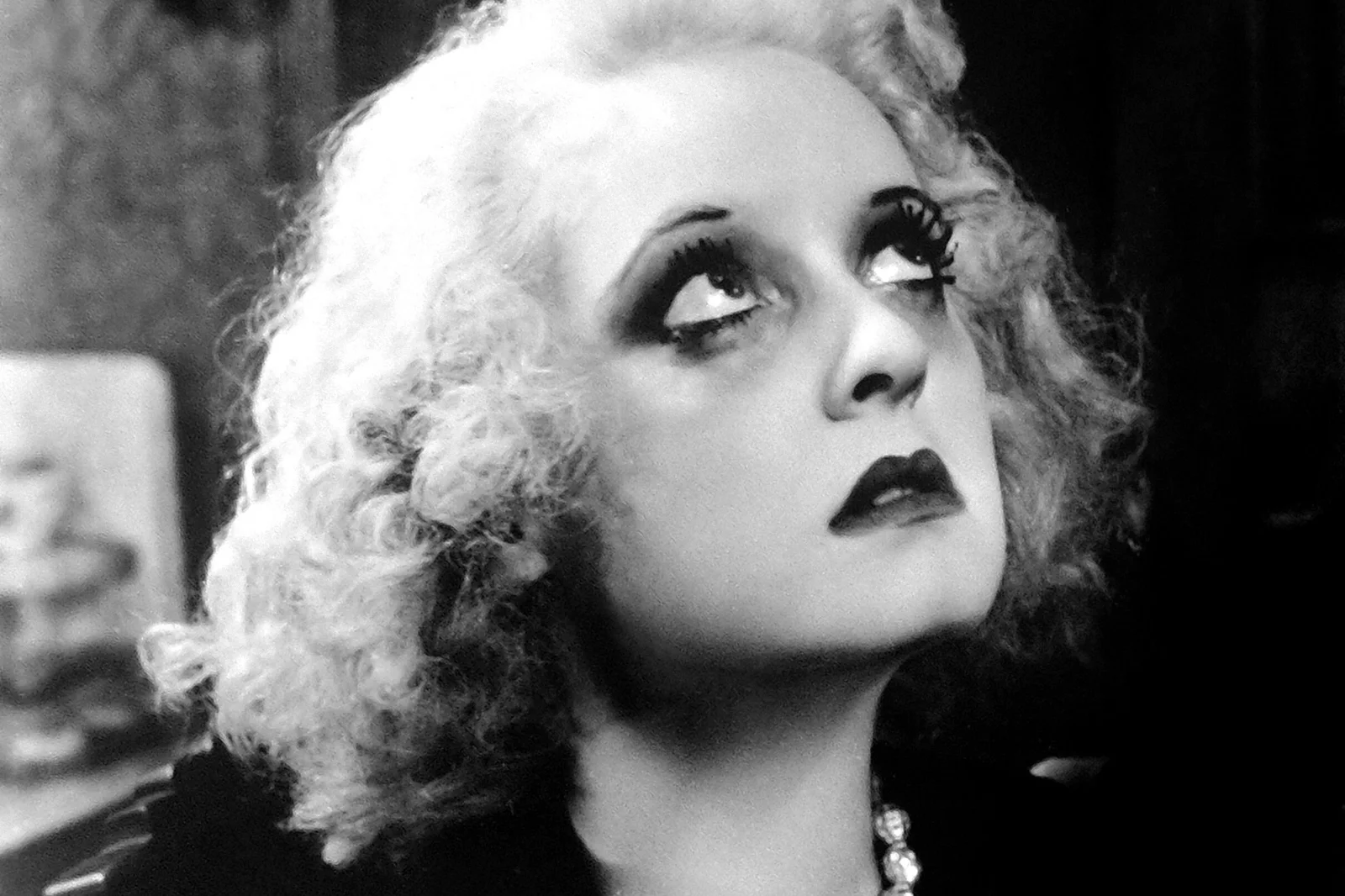
The two-time Academy Award winner who had defined Hollywood stardom in the 1930s and 1940s experienced a television renaissance in the 1970s with the groundbreaking TV movie “The Dark Secret of Harvest Home.” Davis brought her legendary intensity to the role of the mysterious widow Widow Fortune, proving that her famous eyes had lost none of their hypnotic power even in her seventh decade. The 1978 miniseries format allowed her to develop a complex character over multiple episodes, showcasing her remarkable range and ability to command viewer attention.
Davis’s appearance in the 1979 Disney television production “Return from Witch Mountain” introduced her to a new generation of young viewers who knew nothing of her classic film performances. Throughout the decade, she maintained a formidable presence in television interviews, where her candid assessments of Hollywood past and present made her a fascinating cultural commentator. Davis approached television with the same professionalism and commitment that had characterized her film career, elevating every production she appeared in through her unmistakable presence and masterful technique.
7. Lucille Ball
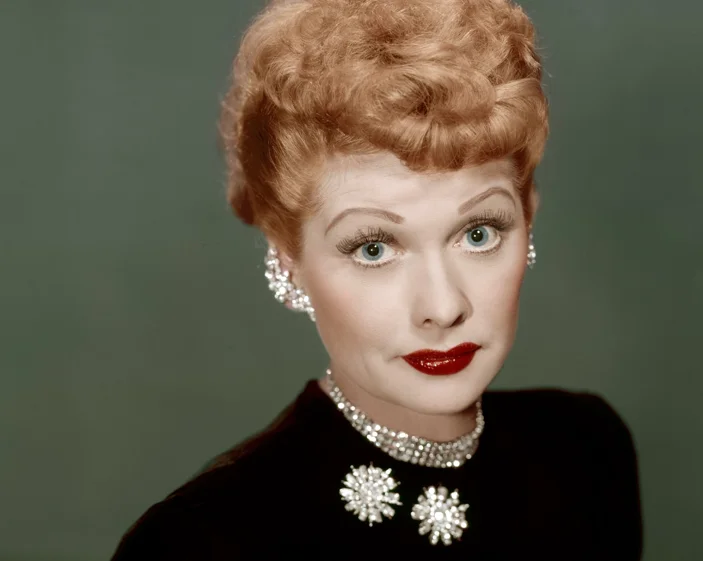
The queen of television comedy who had revolutionized the medium with “I Love Lucy” in the 1950s continued her small-screen reign with “Here’s Lucy,” which ran from 1968 to 1974. Ball’s decision to cast her real-life children Lucie Arnaz and Desi Arnaz Jr. as her on-screen children brought a new dimension to her comedy and allowed viewers to watch her family grow up before their eyes. Her legendary physical comedy skills remained undiminished, proving that her impeccable timing and willingness to look ridiculous for a laugh transcended changing fashion and cultural shifts.
Following the conclusion of “Here’s Lucy,” Ball continued to appear in television specials and made-for-TV movies that showcased different aspects of her considerable talent. Her 1975 television film “Lucy Gets Lucky” with Dean Martin demonstrated that she could still attract top-tier talent to her projects even after decades in the business. Ball’s enduring television presence throughout the 1970s represented the gold standard for career longevity in the medium, inspiring many other film actresses to consider television as a viable venue for their talents.
8. Joan Blondell
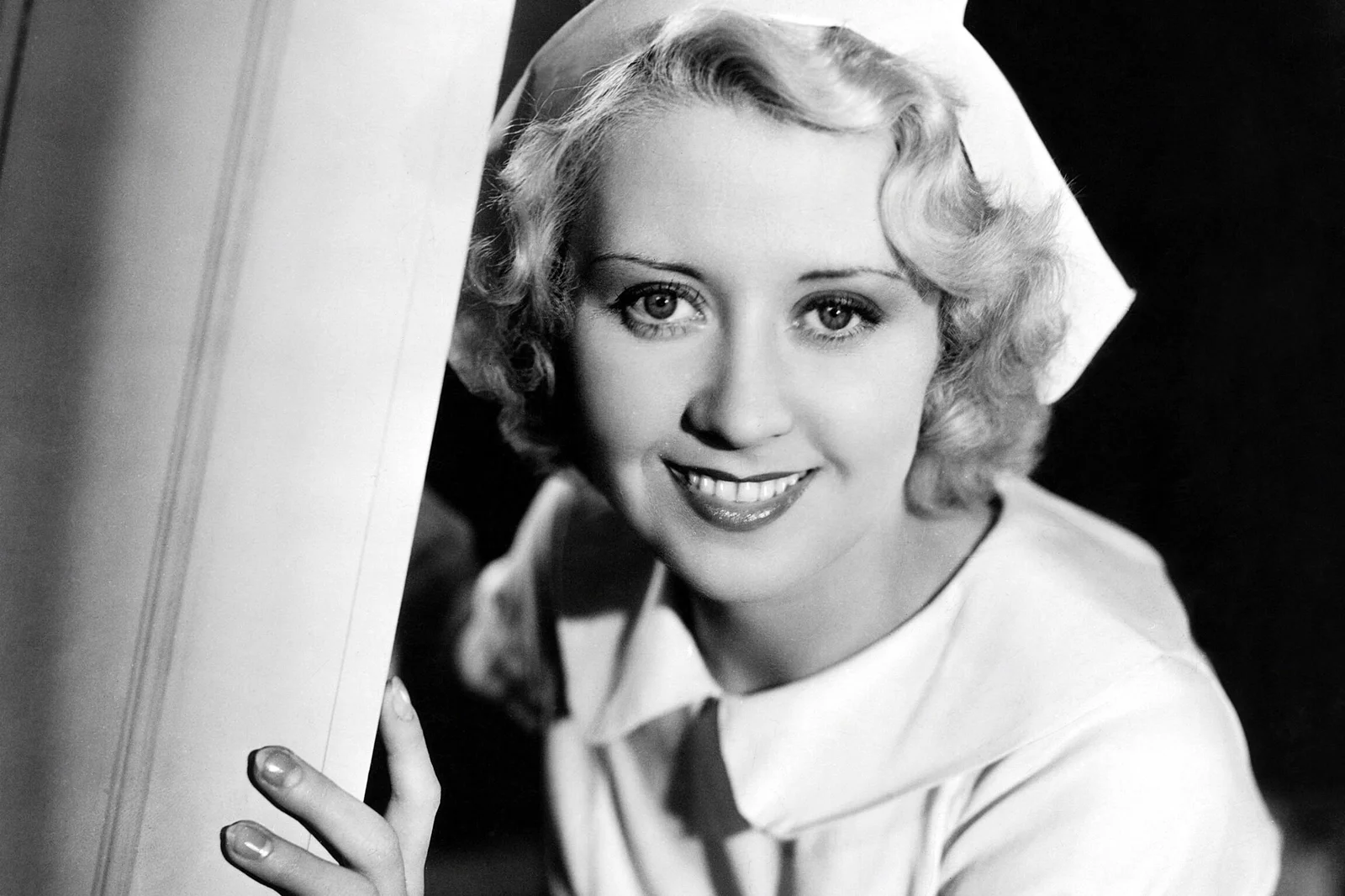
The Pre-Code film bombshell who had illuminated Warner Bros. musicals and crime dramas in the 1930s found a perfect showcase for her brassy personality in the 1970s sitcom “Here We Go Again.” Blondell’s impeccable timing and authentic working-class sensibility—honed through decades of scene-stealing film performances—made her an ideal television performer. Her guest appearances on popular series like “The Love Boat” and “Fantasy Island” throughout the decade introduced her distinctive personality to viewers who might never have seen her classic films.
In 1977, Blondell delivered a standout performance in the television film “Opening Night,” demonstrating that her dramatic abilities remained as sharp as her comic timing. Her television work throughout the decade was characterized by a lack of vanity and a willingness to play age-appropriate roles with honesty and humor. Blondell’s successful transition to television character actress proved that Hollywood training in the studio system—with its emphasis on adaptability and professionalism—created performers who could thrive in any medium.
9. Agnes Moorehead
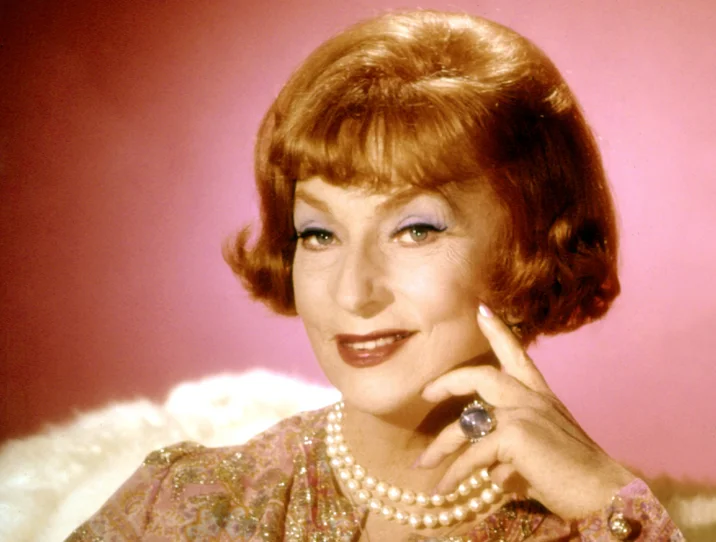
The versatile character actress who had stolen scenes in classics like “Citizen Kane” and “The Magnificent Ambersons” found her most iconic role as the witchy mother-in-law Endora on “Bewitched,” which continued into the early 1970s. Moorehead’s classically trained voice and distinctive appearance made her instantly recognizable to television audiences, and her portrayal of the mischievous witch set the standard for supernatural mother-in-law characters. Her ability to combine comedy with an underlying menace made her weekly appearances on the show a highlight for viewers.
After “Bewitched” concluded in 1972, Moorehead continued to appear in television anthology series and made-for-TV movies, often playing variations on the imperious matriarchs she had perfected. Her guest appearance on the pilot episode of “The Streets of San Francisco” in 1972 demonstrated her ability to adapt to television’s evolving landscape of gritty crime dramas. Moorehead’s training in radio, where she had been a standout performer on “The Mercury Theatre on the Air,” gave her a perfect understanding of how to use her voice for maximum impact in the intimate medium of television.
10. Janet Leigh
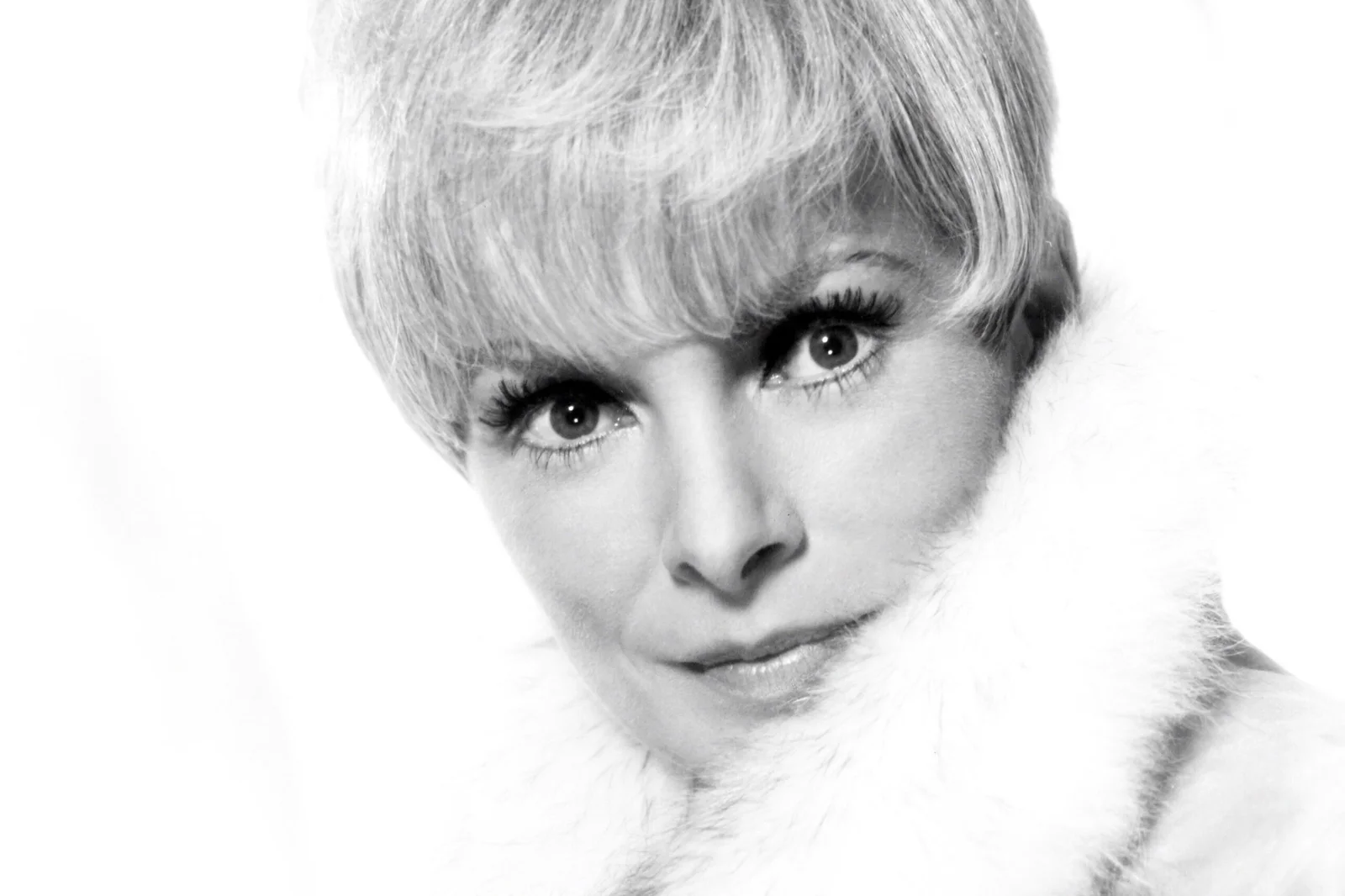
The star of Alfred Hitchcock’s “Psycho” and numerous other film classics maintained her screen presence throughout the 1970s with frequent television appearances on popular series like “Columbo” and “Fantasy Island.” Leigh’s girl-next-door appeal had evolved into an elegant sophistication that made her perfect for television roles requiring both glamour and relatability. Her 1975 appearance in the television thriller “Mistress of Paradise” demonstrated that she could still carry a production as the lead, bringing her considerable star power to the growing format of made-for-TV movies.
In 1979, Leigh appeared alongside her daughter Jamie Lee Curtis in the horror film “The Fog,” creating a fascinating on-screen partnership that bridged Hollywood generations. Throughout the decade, she maintained visibility through talk show appearances and game show panelist spots, where her genuine warmth and intelligence made her a welcome television presence. Leigh’s successful navigation of changing industry patterns—from studio system starlet to television guest star—demonstrated remarkable adaptability and ensured her continued relevance in American popular culture.
11. Elizabeth Montgomery
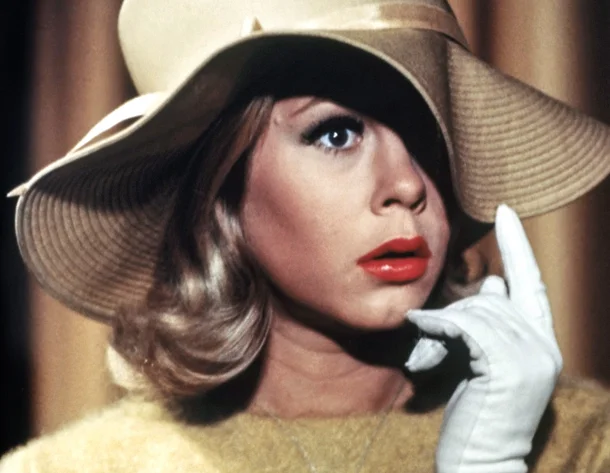
The daughter of Hollywood royalty Robert Montgomery transformed herself from film ingenue to television superstar with her iconic role as Samantha Stephens on “Bewitched,” which concluded its successful run in 1972. Montgomery’s combination of ethereal beauty and relatable charm made her one of television’s most beloved stars, and her famous nose twitch became one of the most recognizable character traits in television history. Her portrayal of a witch attempting to live as a normal suburban housewife provided a clever metaphor for the changing role of women in American society during this transformative period.
After “Bewitched,” Montgomery deliberately sought out dramatic roles that would showcase her range beyond the magical sitcom character, appearing in groundbreaking television films like “A Case of Rape” (1974) and “The Legend of Lizzie Borden” (1975). These challenging roles allowed her to tackle serious social issues while demonstrating acting abilities that had been only partially utilized in her sitcom work. Montgomery’s evolution from lightweight comedy to substantive drama mirrored television’s own maturation as a medium during the 1970s, as it began addressing complex social issues that had previously been considered too controversial for the small screen.
12. Carol Burnett
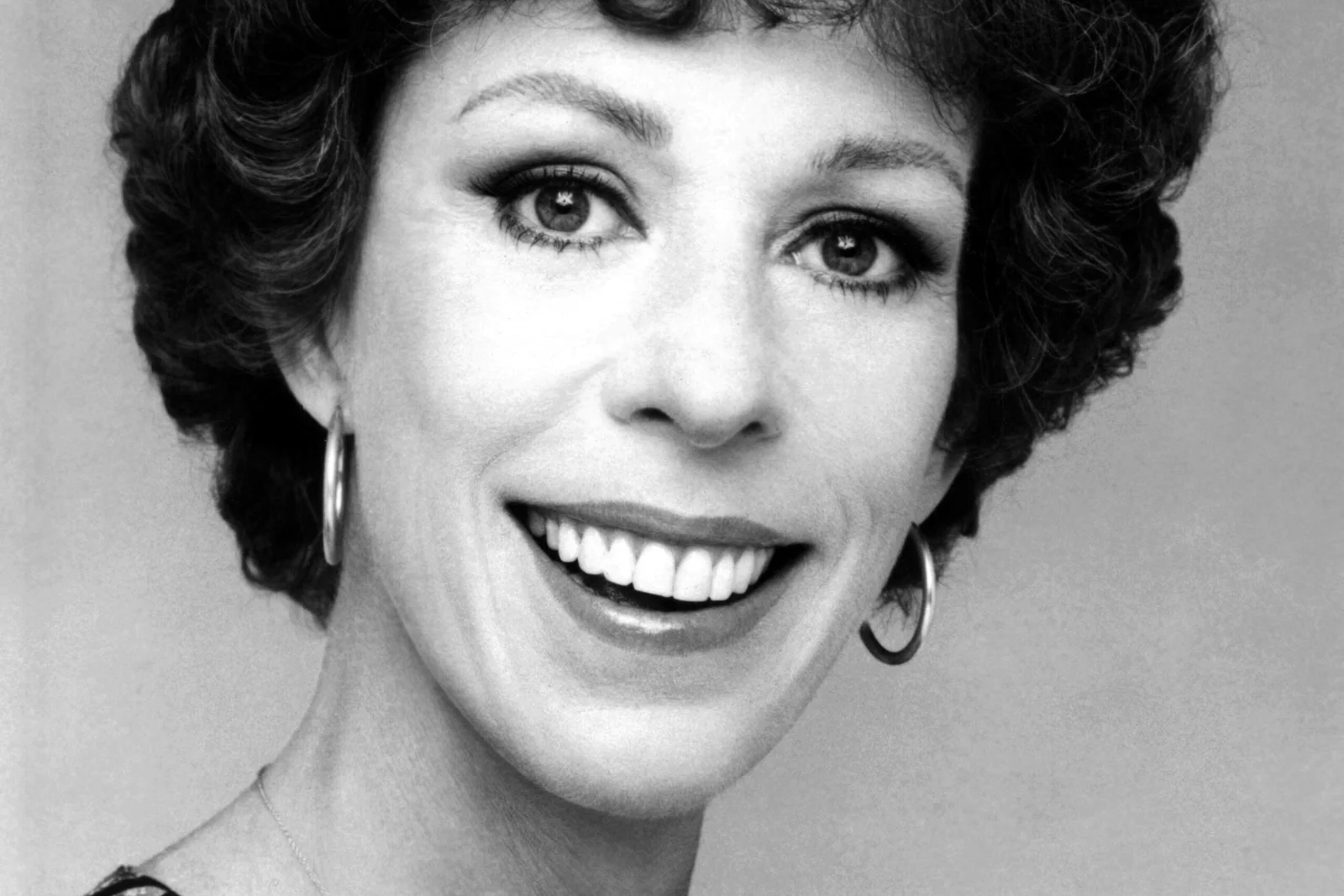
The versatile performer who had proven her talents on Broadway and in films brought her unique blend of comedy and music to television with “The Carol Burnett Show,” which became one of the defining programs of the decade. Burnett’s willingness to look ridiculous in pursuit of a laugh—combined with her genuine warmth and impressive singing voice—made her variety show a showcase for old-school entertainment values in an era of increasing television cynicism. Her weekly question-and-answer sessions with the studio audience created an unprecedented intimacy with viewers and demonstrated her quick wit and authentic personality.
The parade of Hollywood legends who appeared as guests on Burnett’s show—including many from this list—created a fascinating bridge between classic Hollywood and contemporary television. Her famous parodies of films like “Gone with the Wind” and “Sunset Boulevard” introduced younger viewers to these classics while demonstrating her deep knowledge of and affection for Hollywood history. Burnett’s unprecedented success in the male-dominated world of comedy variety shows opened doors for countless women in television and preserved the vaudeville tradition of versatile entertainment for a new generation.
The unique magic these women brought to 1970s television represents a fascinating cultural moment when Hollywood royalty embraced the democratic medium of television, bringing their considerable talents directly into American living rooms each week. Their successful transitions from big screen to small demonstrated not only their professional adaptability but also television’s growing prestige as a creative medium. While many of their films may now require special screenings or streaming services to view, their television work continues to air in syndication—introducing new generations to the timeless appeal of stars who understood that true talent transcends both medium and era.


